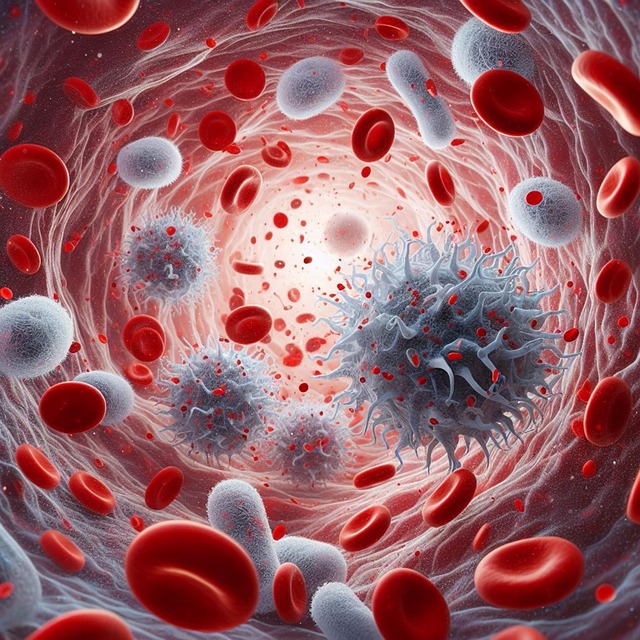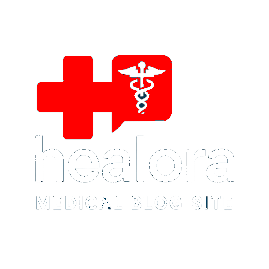What Is Anemia?
Anemia is a condition where your body doesn’t have enough healthy red blood cells to carry adequate oxygen to your tissues. This can lead to fatigue, weakness, and other health issues. It’s one of the most common blood disorders worldwide and affects people of all ages — especially women and children.
How Red Blood Cells Work
Red blood cells contain hemoglobin, a protein that binds to oxygen and delivers it throughout the body. When hemoglobin levels are low, your organs and muscles don’t get the oxygen they need, which can cause a range of symptoms.
Common Types of Anemia
There are several types of anemia, but the most common include:
- Iron-deficiency anemia: Caused by a lack of iron, often due to poor diet, blood loss, or pregnancy.
- Vitamin-deficiency anemia: Linked to low levels of vitamin B12 or folate.
- Chronic disease anemia: Associated with long-term illnesses like kidney disease or cancer.
- Hemolytic anemia: Occurs when red blood cells are destroyed faster than they can be replaced.
- Aplastic anemia: A rare condition where the body stops producing enough blood cells.
Symptoms to Watch For
Anemia symptoms can range from mild to severe and may include:
- Fatigue and weakness
- Pale or yellowish skin
- Shortness of breath
- Dizziness or lightheadedness
- Cold hands and feet
- Irregular heartbeat
- Headaches or difficulty concentrating
If you experience these symptoms consistently, it’s important to get a blood test to check your hemoglobin levels.
Who Is at Risk?
Certain groups are more likely to develop anemia:
- Women of childbearing age: Due to menstrual blood loss
- Pregnant women: Increased iron demand
- Children and teens: Rapid growth and dietary gaps
- Older adults: Chronic conditions and poor nutrient absorption
- Vegetarians and vegans: Risk of iron and B12 deficiency
- People with chronic diseases: Such as kidney disease or inflammatory conditions
Prevention Tips
Anemia can often be prevented with simple lifestyle and dietary changes:
1. Eat Iron-Rich Foods
Include lean meats, poultry, fish, beans, lentils, spinach, and iron-fortified cereals.
2. Boost Vitamin Intake
Consume foods high in vitamin B12 (eggs, dairy, meat) and folate (leafy greens, citrus fruits, legumes).
3. Pair Iron with Vitamin C
Vitamin C helps your body absorb iron more efficiently — try combining iron-rich foods with oranges, tomatoes, or bell peppers.
4. Limit Tea and Coffee at Meals
These can interfere with iron absorption when consumed with food.
5. Regular Check-Ups
Routine blood tests can detect anemia early, especially if you’re in a high-risk group.
Treatment Options
Treatment depends on the type and cause of anemia:
- Iron supplements for iron-deficiency anemia
- Vitamin B12 or folate supplements for deficiency-related anemia
- Managing underlying conditions for chronic disease anemia
- Medical procedures or transfusions in severe cases
Always consult a healthcare provider before starting any supplements or treatments.
Final Thoughts
Anemia may be common, but it shouldn’t be ignored. With proper nutrition, awareness, and regular check-ups, most cases can be prevented or managed effectively. Taking care of your blood health is a vital step toward feeling energized, focused, and strong every day.








